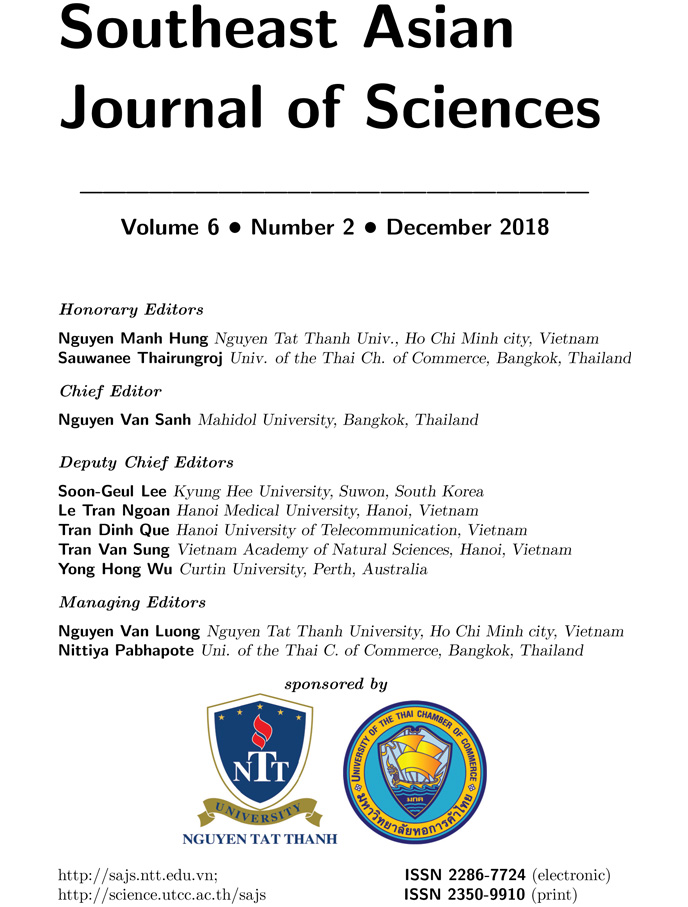OVERVIEW: STUDYING THE CHANGE OF WHITE MATTER ASSOCIATED WITH MIGRAINE DESEASE BY MAGNETIC RESONANCE IMAGING
Abstract
Migraine is a common neurological disorder. It influences the quality of personal life and also brings economic and social drawbacks. Studies on the change of white matter associated with migraine disease by magnetic resonance imaging (MRI) have been investigating in many places around the world. Early detection of white matter changes in migraine patients determines its relationship with migraine severity, type and duration[1]. At present, the general method of studying on the change of white matter associated with migraine disease is using magnetic resonance imaging. Research groups gathered migraine patients in different ages. They excluded smokers and patients with hypertension, cardiac disease, diabetes mellitus, endocrine dysfunction, oncological and hematological diseases, infectious diseases, demyelinating disorders, and Alzheimer disease because the repeated attacks of migraine were the only known risk factors for the change of white matter. Magnetic resonance images of same patient groups were captured in same MRI scanners and acquisition protocols in a period of time to investigate functional and structural abnormalities of white matter due to the effects of the repeated migraines.

